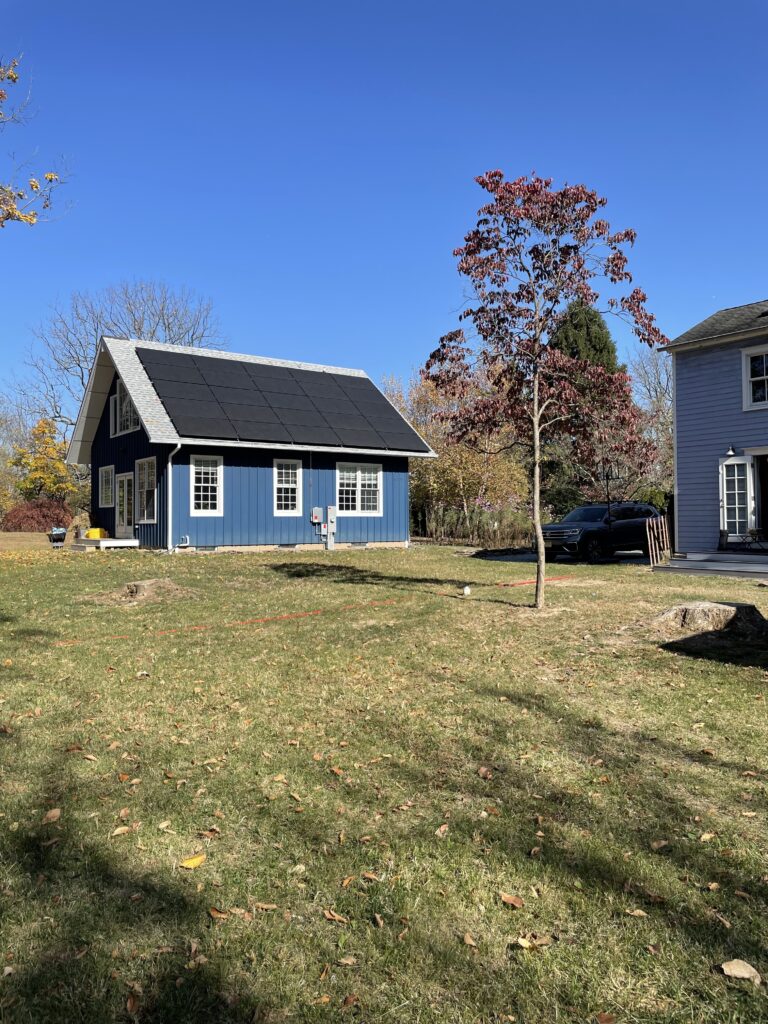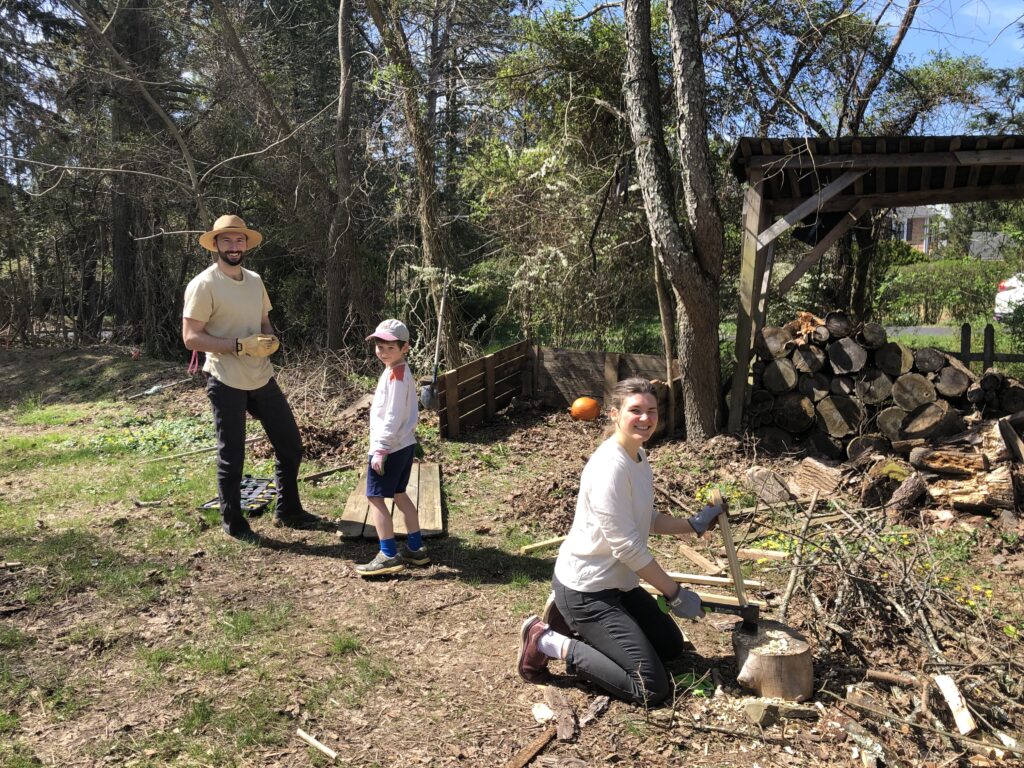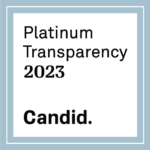
Barbara always dreamed of building sustainably, envisioning a home that aligned with her values of environmental stewardship and thoughtful design. When the ordinance for Accessory Dwelling Units (ADUs) in Princeton finally allowed it, Barbara saw the perfect opportunity to bring her vision to life. As defined by the American Planning Association, “An accessory dwelling unit (ADU) is a smaller, independent residential dwelling unit located on the same lot as a stand-alone single-family home.”
Barbara recalls how the main house felt “too big for just two people but Princeton is where my kids grew up and where I have my community of friends”. Her new ADU, while compact, has two bedrooms and two bathrooms and is spacious enough for Barbara, her husband, their son, and daughter-in-law to live comfortably. It’s been a journey of “clever use of space,” sustainable materials, and community connections.
Why ADUs are Sustainable
ADUs represent a sustainable approach to urban living. Smaller homes require fewer resources, and because ADUs can often be built on existing properties, they reduce the need for land development. For Barbara, sustainability was central to every decision, from designing the bathroom locations one above the other and the tankless water heater directly beneath them in the basement (to minimize pipe lengths) to installing superior insulation and choosing FSC-certified wood for the exterior. With her eco-friendly mindset, she emphasizes that “the most effective (albeit least sexy) way to be energy efficient is to be well insulated, practically within an inch of your life.” The ADU offers flexibility, too. “At the moment, it works out because it allows us to generate income with the main house, and we are really happy to have lovely neighbors there,” she says, appreciating the unique benefits ADUs can bring.


Getting Connected
Building the ADU required some essential hookups to the grid and water systems, but Barbara’s experience with the municipality and the utilities for power and water was smooth. “I found the municipality really good to work with,” she says, recalling they were quite supportive during the process. To ensure the ADU had its own independent utility access, a new pole was installed by PSEG. This allows the ADU to have its own meter and utility accounts, a setup that makes it easy to manage separate bills since they are renting out the main house. With these connections in place, Barbara’s ADU stands as a self-sufficient, flexible space, seamlessly integrated into the larger community infrastructure.
An All-Electric Home
Barbara’s ADU runs entirely on electricity, no gas lines were run to the property—a decision she made to ensure sustainability. “We never even ran a gas line because we wanted no fossil fuels and planned to make it all work with electricity instead,” she explains. From an electric stove and oven to an electric dryer and efficient heat pump for heating and cooling, every element was chosen with sustainability in mind. Installing an ERV (energy-recovery system) with the HVAC system was a given. In researching energy-efficient products, Barbara leaned on trusted resources like the EnergyStar and WaterSense websites to find certified appliances that would save energy and water. She also found the Sustainable Princeton website helpful in finding more resources. The ADU also features an EV charger, but even though they own an electric vehicle, Barbara prefers to bike around town for daily errands, only using the car for longer trips and shopping.


Solar
With her son working in the solar industry, incorporating solar energy into the ADU was a natural choice for Barbara. Together, Kirsten Thoft, local architect and LEEDin’ on Linden homeowner, and Barbara even designed the roof with solar requirements in mind, extending the roof by about 6 inches to fit an extra row of solar panels across. Operating since July 2024, the goal is to cover around 90% of energy use with solar. “I never really had to shop around because my son works for Venture Solar,” she says, grateful for the ease and expertise that came with having a family connection. If you don’t have family connections you can compare solar installers and receive quotes on EnergySage!
A Thoughtfully Designed Sustainable Landscape
Sustainable design for Barbara extends beyond the home itself. A rain garden will add functionality and beauty, while also contributing to stormwater management. Barbara utilized the Rain Garden Manual of New Jersey to design hers. She also added a deed restriction, required by the Mercer County Soil Conservation Department (MCSCD), ensuring future owners can’t remove it. Alongside the rain garden, Barbara set up a downspout rain barrel, plus a compost bin which is shared with the tenants in the main house, keeping waste minimal and benefiting the small garden named after her daughter-in-law, Rachel.

What the Future Holds
Barbara is considering several options for the future, a testament to the ADU’s versatility. “We just retired last year, so now we have all these options to see what we do.” One possibility is for her son to eventually move into the main house, with Barbara and her husband settling into the ADU. This flexibility is a key benefit: “All the flexibility in the world” is how she describes it, appreciating the choices her ADU provides as her family’s needs evolve.

Learn More and Get Involved
If you’re curious about sustainable home building and ADU design, don’t miss the Sustainable Home Expo at Princeton High School on March 8th. It’s a perfect chance to learn more about ADUs, meet experts, and gather resources to start your own sustainable projects. Check out Sustainable Princeton’s website and other resources for guidance on building eco-friendly spaces, and stay tuned for more ADU content.


